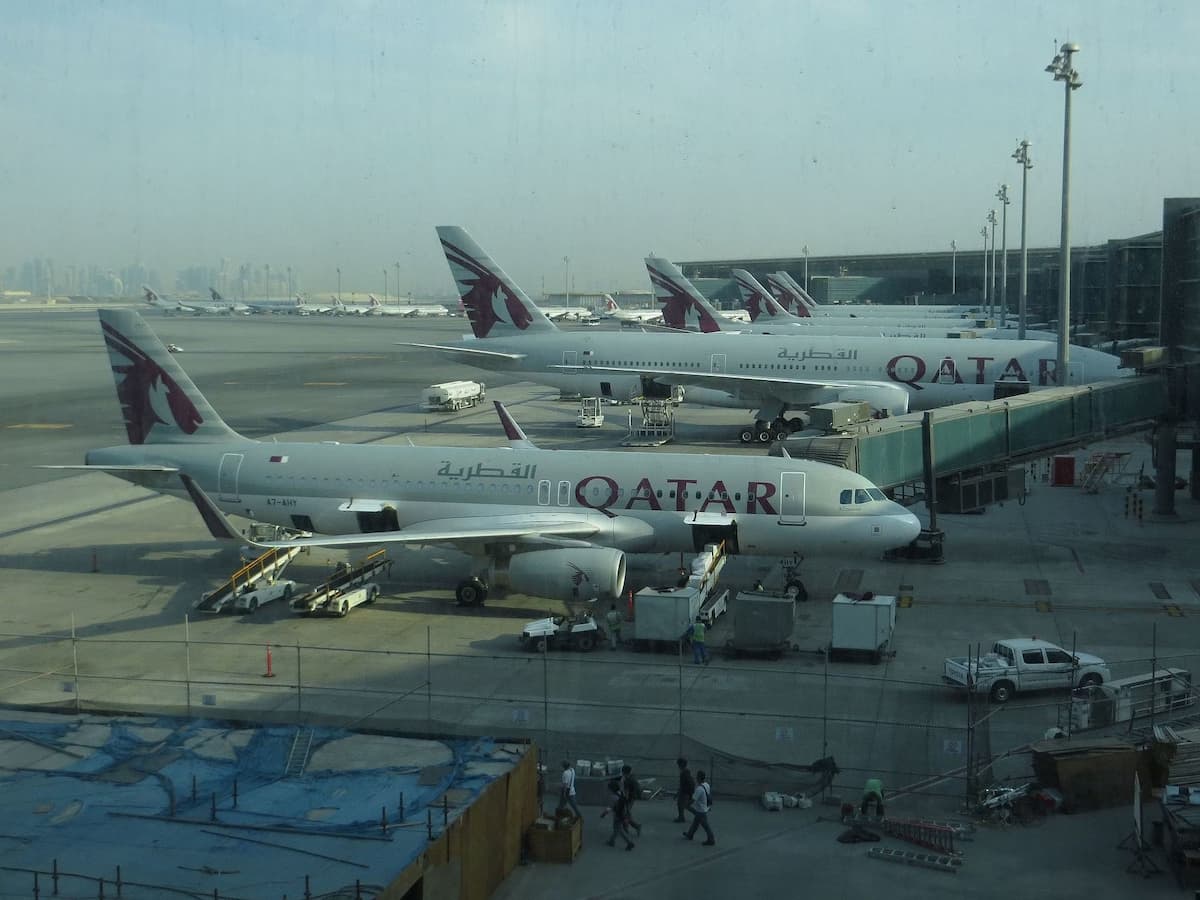Airports are bustling hubs of activity, with passengers, flights, and cargo passing through their gates every day. Efficiently managing operations and ensuring a seamless travel experience for passengers is a complex task.
In Doha’s Hamad International Airport (DOH), the second-best airport in the world (according to SKYTRAX), a revolutionary AI system called EMMA – Environmental and Movement Monitoring for Airports – is transforming the way the airport operates, optimizing efficiency, and enhancing safety.
What exactly does EMMA do?
EMMA’s CEO and co-founder, Wisam Costandi, identified a crucial issue that airports around the world face: a lack of efficient communication between airports, airlines, and air traffic controllers. This leads to ineffective processes, which in turn, results in a loss of time and revenue.
Thus, EMMA was born – a futuristic platform powered by Artificial Intelligence (AI) and Machine Learning (ML) that utilizes advanced algorithms and real-time data to manage the movement of aircraft, vehicles, and personnel on the airport’s apron and taxiways. By harnessing the power of AI and ML, EMMA has revolutionized Hamad International Airport’s operations and ushered in a new era of efficiency and productivity.
In a statement shared with Simple Flying, Costandi said:
“EMMA brings improved coordination and provides greater visibility into all airport operations for all stakeholders, increasing efficiency and resulting in more on-time arrivals and departures, while decreasing CO2 emissions considerably.”
Unrivaled benefits for airports
One of the most significant advantages of EMMA is its ability to adapt and learn from real-world operations. Through continuous data collection and ML, the AI system becomes increasingly intelligent over time. It can fine-tune its algorithms, improve predictions, and adapt to changing airport dynamics. This flexibility ensures that EMMA remains a valuable asset, capable of meeting the evolving needs of the airport and accommodating future growth.
These capabilities reap benefits for airports in the form of efficiency, better decision-making, better planning through increased predictability, improved accuracy and timeliness, better slot performance and resource utilization, and reduced ground delays. All in all, these advantages contribute to reduced operational costs and decreased carbon emissions.
Growth and expansion
The implementation of EMMA at DOH has set a new standard for airport operations worldwide. By harnessing the power of AI and ML, the system has transformed how the airport manages its operations, optimizing efficiency, enhancing safety, and improving the passenger experience.
As other airports around the globe witness the success of EMMA, it is expected that AI systems will play an increasingly vital role in shaping the future of aviation, leading to smarter, greener, and more passenger-centric airports.
In fact, EMMA is expected to expand to the US in view of the increased taxi time at 30 of the country’s largest hubs. As reported in The New York Times, a 2019 study from Airlines for America found that from 1990 to 2018, taxi time increased by 19% at these hubs and 24% at 31 medium-sized airports. With the advent of EMMA, this could very well change for the better in the near future.
SOURCE: Simple Flying





